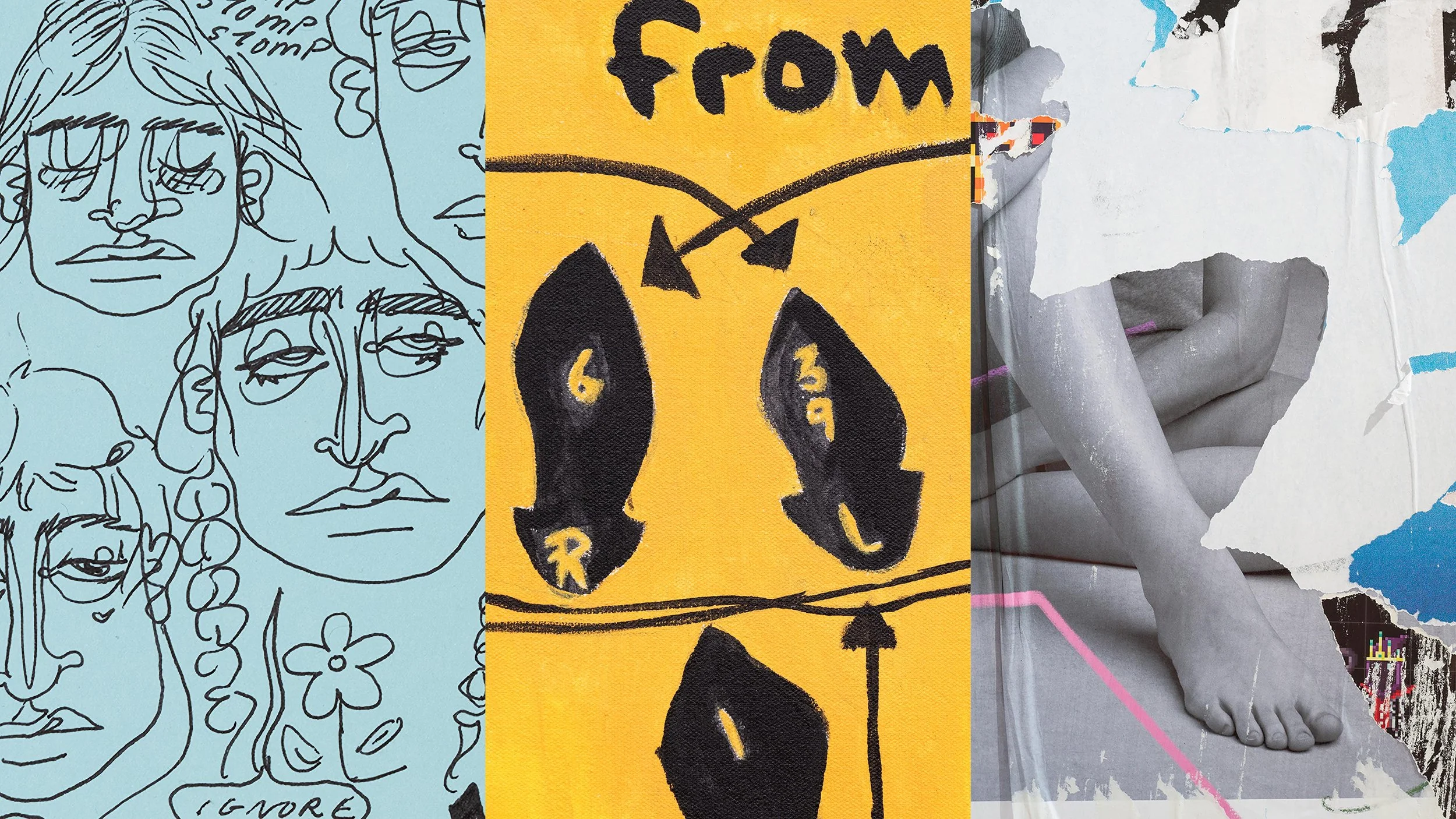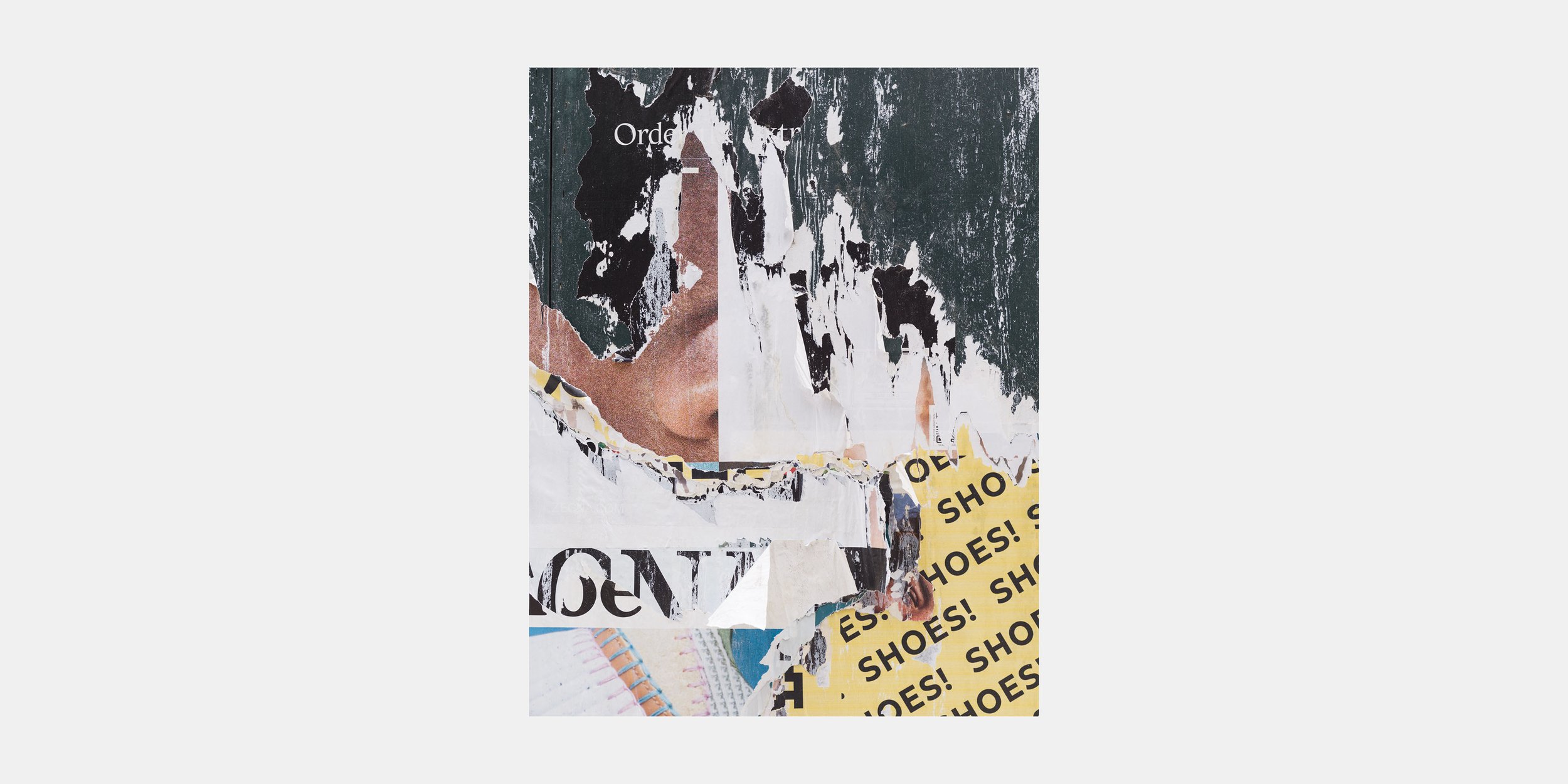Reading room
A showcase of Emerging artists
January 19 - 26, 2023
Rosemary DeMarco
Kit Fretz
Madeleine Sinnock
Thomas VanDyke Gallery is pleased to present Reading Room, an exhibition showcasing the work of Brooklyn-based artists Rosemary DeMarco, Kit Fretz, and Madeleine Sinnock, on view from January 19–26th. The exhibition considers mechanisms to internalize and filter an environment of overstimulation. Each artist’s practice engages with the process of thinking-through-making: a method of understanding one's experiences, and the power dynamics one is subject to, through the creation of an image. Using photography, video, painting, drawing and sculpture, the artists seek to parse and critique different forms of systemic power. The title, Reading Room, is a play on the phrase “breathing room”, emphasizing a need to step away from an overstimulating world, while evoking a place of private research. The title also references the ways in which each artist uses text pulled from their lived environment. DeMarco's fragmented poetry grapples with the language of the art world, Fretz's abstracted type serves to deconstruct images, and Sinnock's diaristic phrases give insight to an emotional inner world.
ROSEMARY DEMARCO
Rosemary DeMarco's large, text-based paintings take inspiration from the aesthetics of graffiti and street signs, as well as her own poetic practice to critique the elitist art market. The foundation of DeMarco’s practice is her specialized font, applied with handmade letterpress-style stamps to each painting. New York City is an important site of research material for DeMarco’s practice. Sometimes pulling navigational language and imagery straight from street signs, she seeks to create a navigational language of her own. DeMarco uses this reflexive process to explore how the creation of a new alphabet or a new language could dismantle the institution of the so-called art world. The playfulness of the work acknowledges the irony inherent to institutional critique, and the conflict between the desire to be a part of something and the recognition of its limitations.
KIT FRETZ
Kit Fretz’s work similarly engages the City, his detailed observations of dilapidated advertising point to the ways in which the power inherent to images is subject to entropy. In his series Surface, Fretz documents time-worn and vandalized ‘wild posted’ advertisements which have peeled away to reveal a history of layered, disparate imagery. In each of the seven framed photographs, a severed human figure emerges from through the decay, limbs and features awash in torn paper. The work responds to a flood of commercial imagery by reducing these images to their formal elements: fragments of color, texture, shape and tone that together create a cohesive aesthetic. The photographs serve to create tension between figurative and abstract elements, ultimately usurping the advertising’s original function: to direct desire.
MADELEINE SINNOCK
Madeleine Sinnock works in textiles and digital drawings to explore what it means to create ambiguously gendered or non-gendered creatures for comfort, control, or to elicit empathy. The ways in which emotional states and gendered attributes are read onto inanimate objects is a central consideration of their practice.
Sinnock’s most recent body of work, The Phlegmmes, is a series of melancholic objects made of found and scrap materials that function as uncomfortable toys. While lacking recognizable facial characteristics, the Phlegmmes are also amorphous creatures, partially constructed of body parts from the artist’s past work. Inspired by the ways children use toys to control and understand the world around them, the Phlegmmes encourage visitors to touch and play through inviting wall text, bright colors and soft plush material. However, the creatures' bodily forms and awkward construction give them an abject quality and an incomplete ability to comfort.
This elusive and illusory comfort is central to Sinnock's exploration of the ways in which femininity is forced onto bodies and subjectivities: whereby something that feels comforting, nostalgic, and even humorous, can be the source of deep melancholia and discontent. The work addresses this simultaneous disgust of femininity and the desire to find comfort within it.


















